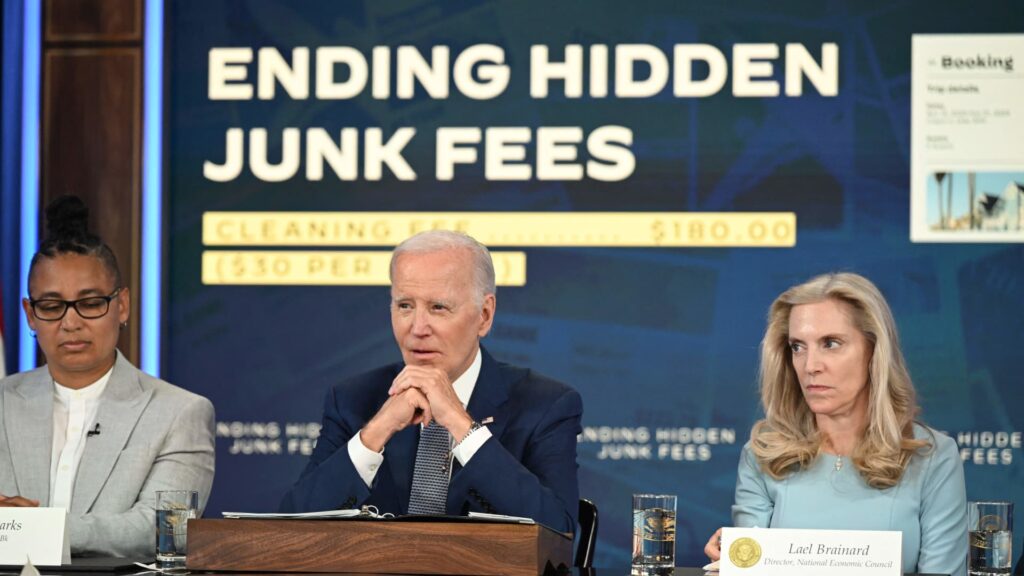The Consumer Financial Protection Bureau headquarters in Washington.
Samuel Corum/Bloomberg via Getty Images
WASHINGTON — The Consumer Financial Protection Bureau on Wednesday unveiled long-awaited changes to how the nation’s biggest banks structure overdraft protection plans.
The independent watchdog agency said the new rule closes a loophole that for decades has exempted overdraft loans from the consumer protections required by the 1968 Truth in Lending Act.
Since 2000, American consumers have paid an estimated $280 billion in bank overdraft fees, according to CFPB data. During that time, the annual revenue big banks derived from overdraft fees soared, helped along by the boom in consumer debit cards tied directly to checking accounts.
“For too long, some banks have charged exorbitant overdraft fees—sometimes $30 or more—that often hit the most vulnerable Americans the hardest, all while banks pad their bottom lines,” President Joe Biden said in a statement Wednesday on the new rules. “Banks call it a service—I call it exploitation.”
(L to R) Tobi Parks, CEO of xBk, US President Joe Biden and Lael Brainard, assistant to the President and director of the National Economic Council participate in an event about protecting consumers, in the East Room of the White House in Washington, DC, on June 15, 2023.
Andrew Caballero-Reynolds | AFP | Getty Images
The new regulations would apply only to banks with more than $10 billion in assets, a total of around 175 institutions nationwide, CFPB said. Taken together, these banks typically account for more than 80% of the overdraft fees charged in any given year.
CFPB officials said they expected the rule to be finalized in the coming year, and go into effect in October 2025.
Banking trade groups deeply opposed to any changes in the overdraft rules have already begun to mobilize opposition, which is only expected to grow. Earlier this month, the Consumer Bankers Association launched a website to promote “the value of…
Read the full article here





